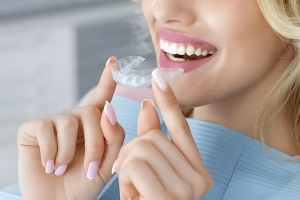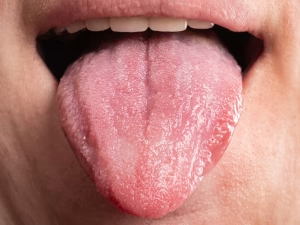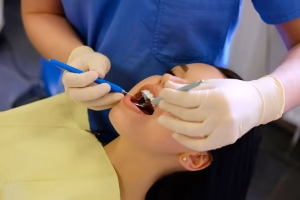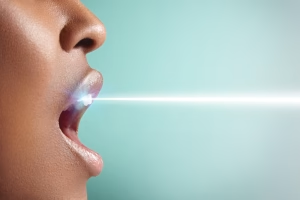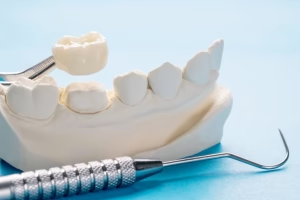What Is Pulpitis and What is The Best Way to Treat It
17 May 2021 | Updated: 14 October 2025

The majority of people think that teeth are made of bone matter. They are right, of course, but bone is not the only matter inside the person’s tooth.
The outer part of the tooth is made of bone, but the innermost part is much softer. This area is called the pulp and it’s usually most associated with tooth sensitivity. The pulp is where the blood, supply, and nerves reside in the tooth. Then, what is pulpitis?
Simply put, pulpitis is a condition that causes painful inflammation of the pulp. It can occur in one or more teeth and it is usually caused by bacteria. The bacterial infection causes the pulp to swell and that’s when the pain occurs.
This is a rather painful dental condition that, if left untreated, can cause other health issues. Fortunately for the patients dealing with this condition, there are ways to prevent and treat pulpitis.
Dental Pulpitis Symptoms
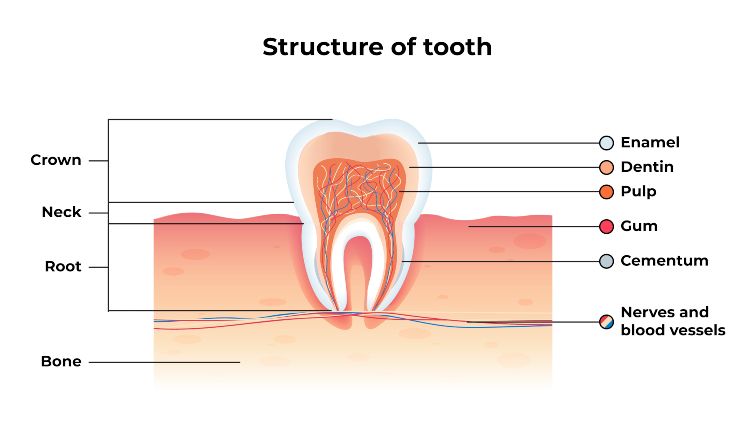
The first thing patients should know that there are two types of pulpitis – reversible and irreversible. Both of them cause pain, but the pain may vary.
For example, the pain caused by reversible pulpitis is usually a bit milder and only occurs when a person is eating. On the other hand, the pain caused by irreversible pulpitis is, in most cases, more severe and it is present during the day and night.
Pain is just one of the pulpitis symptoms and signs. However, the key is to discover this condition before the pain occurs.
Therefore, what are the symptoms of pulpitis patients should know about? Here are the signs patients should look out for:
Some severe cases of pulpitis may include symptoms like:
- Fever
- Bad breath
- Swollen lymph nods
- Bad taste in the mouth
If you notice any of these signs, make sure to contact your dentist as soon as possible.
Causes of Pulpitis
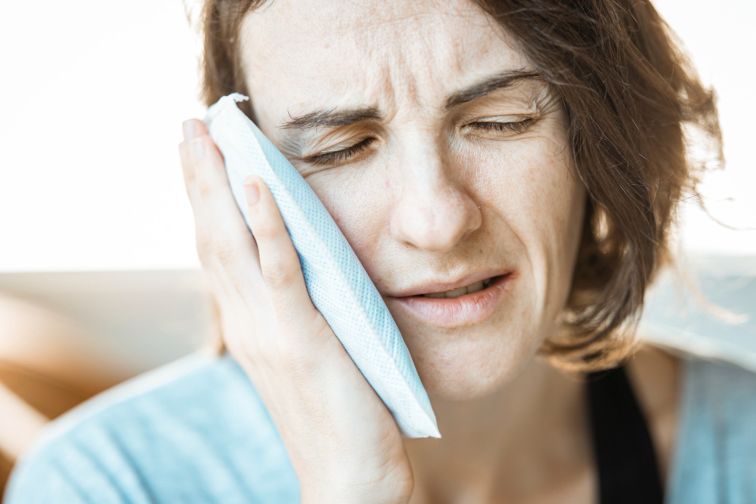
When the tooth is healthy, the enamel and dentin layers are usually enough to protect the pulp from infection. However, if these protective layers get damaged, the bacteria can find their way into the pulp, causing infection and painful swelling. This is usually what causes pulpitis.
If this happens, the pulp remains trapped inside the tooth’s walls. Then, the swelling causes pressure and the person feels irritation or pain. It depends on the severity of the infection.
Considering that this is the only way a person can suffer from pulpitis, it’s extremely important to take good care of the teeth enamel and dentin layers.
Here are a few things that can damage the said protective layers:
- Cavities or tooth decay, which can cause erosion to the tooth
- Injury, like cracking a tooth
- Breaking off a piece of the tooth and exposing the pulp
- Jaw misalignment
- Tooth grinding
Difference Between Reversible and Irreversible Pulpitis
As mentioned before, there are two types of pulpitis – reversible and irreversible. Some dentists also use terms like acute and chronic when describing these two conditions. Therefore, what is the difference between acute and chronic pulpitis?
Reversible Pulpitis: Early Stage and Treatable
Reversible pulpitis typically causes mild inflammation in the pulp. Also, the pain is quite bearable and it usually lasts for a short period of time.
In most cases, if a patient has reversible pulpitis, a small cavity is usually the culprit. Fortunately, harmful bacteria can’t find their way into the pulp when the cavity is small. Therefore, if the cavity is detected in time, a simple procedure can fix the issue.
There are, of course, some nuisances caused by this mild condition. For example, eating sweet or cold food may cause sharp pain, but the good thing is that the pain goes away once the stimulant is gone.
The tooth pulp is usually healthy and, with timely and proper dental treatment, it is possible to save the tooth.
Irreversible Pulpitis: When Tooth Pain Becomes a Dental Emergency
Unfortunately, irreversible pulpitis is one of the main reasons people seek emergency dental treatment. It occurs when bacteria reach the nerve, leading to painful inflammation of the pulp.
This condition often causes intense, lingering, or radiating pain, sometimes severe enough to wake a person in the middle of the night.
If left untreated, irreversible pulpitis can progress to pulp necrosis (nerve death), where infection forms a pocket of pus at the root tip. This is what causes extreme pain, especially during chewing.
Without treatment, the infection can spread to surrounding tissues and, in rare but severe cases, reach other parts of the body, even the brain.
Pulpitis Treatment
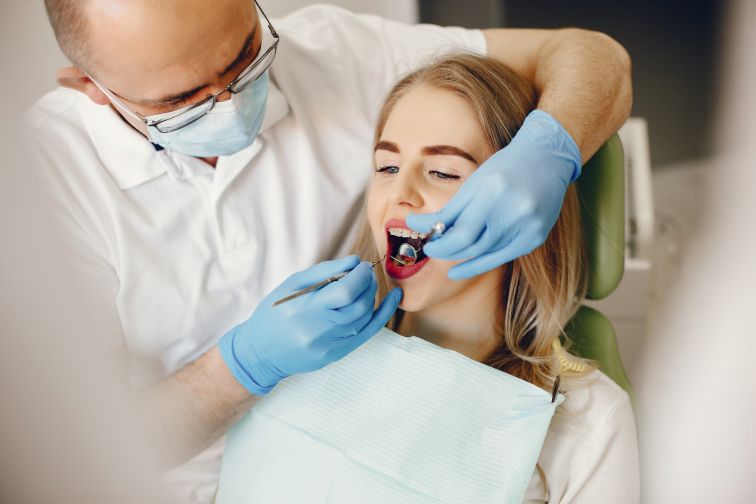
Unfortunately, there aren’t too many pulpitis remedies a patient can apply themselves. In most cases, the only solution is a dental procedure. However, treatments can vary depending on the type of pulpitis.
Reversible Pulpitis Treatment
Patients who have reversible pulpitis may treat the cause of the inflammation. This means if they have a cavity, they should just remove the decayed area and restore it with a filling. In most cases, this will be enough to fix the issue.
Irreversible Pulpitis Treatment
If, however, the patient has irreversible pulpitis, their tooth may be saved through pulpectomy. During this procedure, the dentist removes the pulp, but leaves the rest of the tooth intact. After they remove the pulp, they disinfect, fill, and seal the hollow area.
However, if the tooth is dead and can’t be saved, the dentist has no choice but to extract it.
Patients who experience these symptoms after treatment should consult their dentist as soon as possible:
How to Prevent Pulpitis
Pulpitis can be a painful condition, but the good news is that it’s largely preventable. Maintaining proper oral hygiene through regular brushing, flossing, and routine dental check-ups plays a key role in keeping your teeth healthy. Limiting sugary foods and drinks such as sweets, cakes, and soft drinks also helps protect the tooth enamel and prevent decay.
For expert preventive care and early diagnosis, schedule an appointment with MGA Dental in Brisbane or Gold Coast. Their experienced dentists can help you maintain strong, healthy teeth and prevent pulpitis before it starts.





